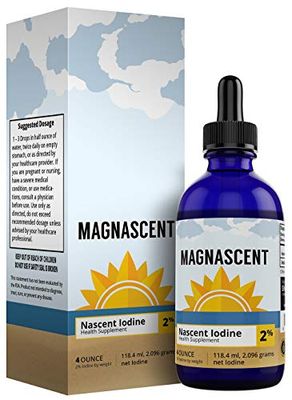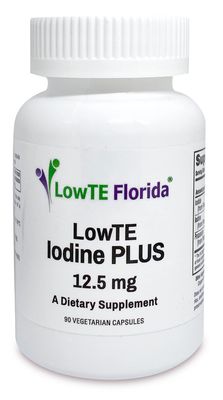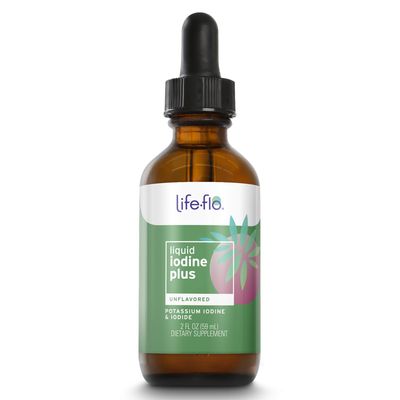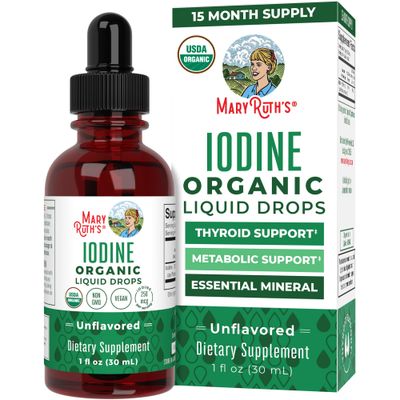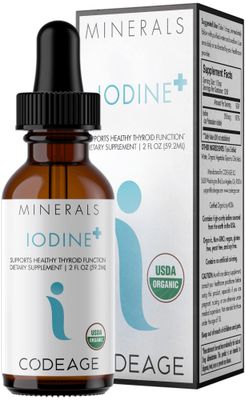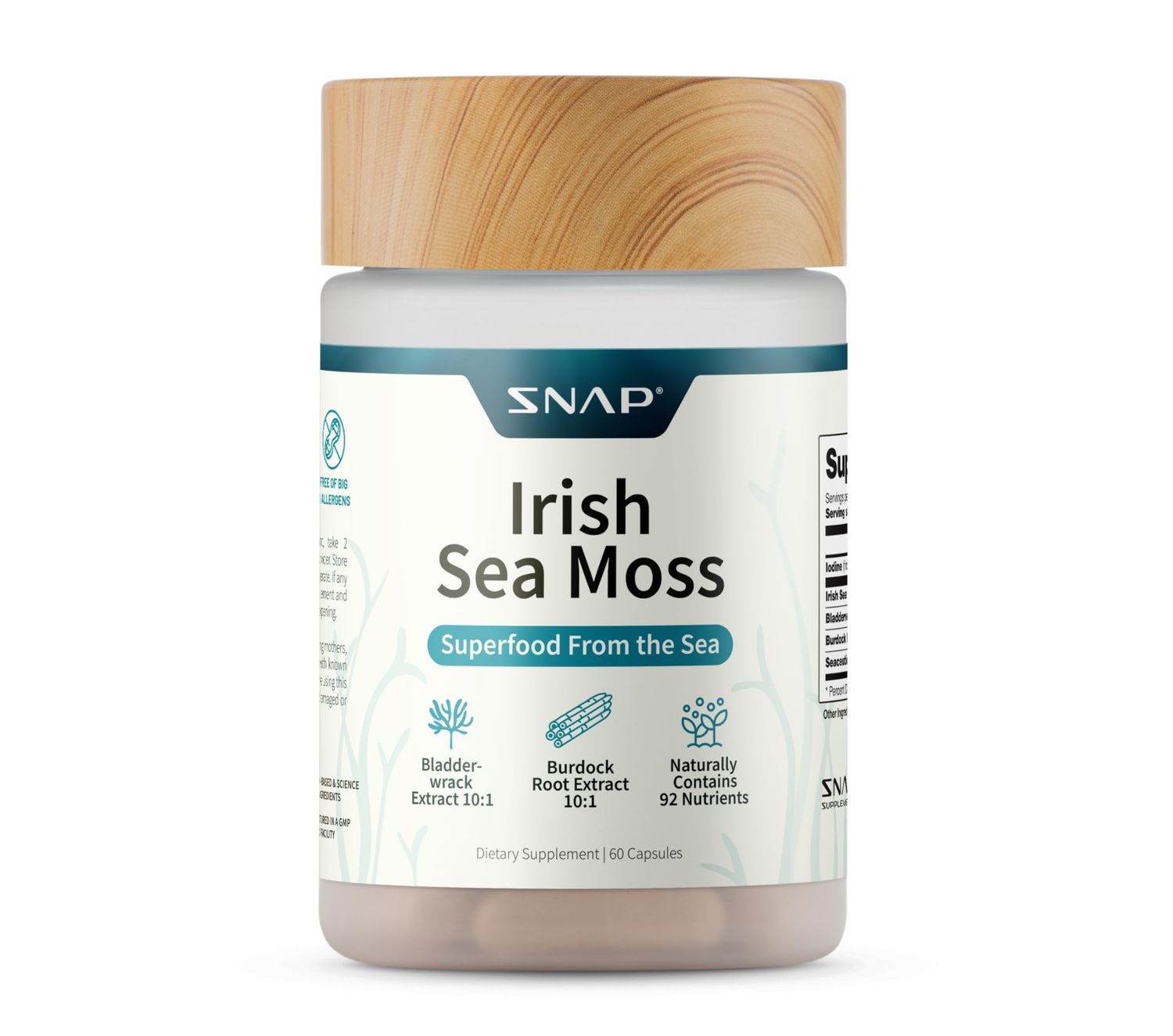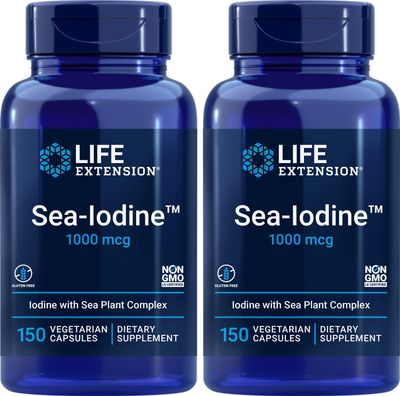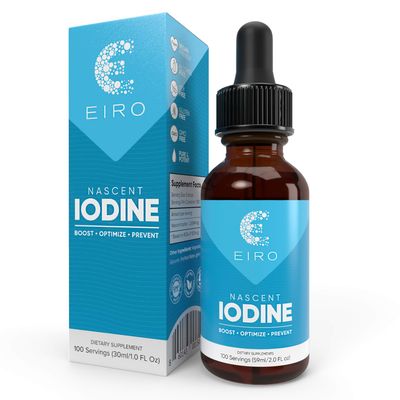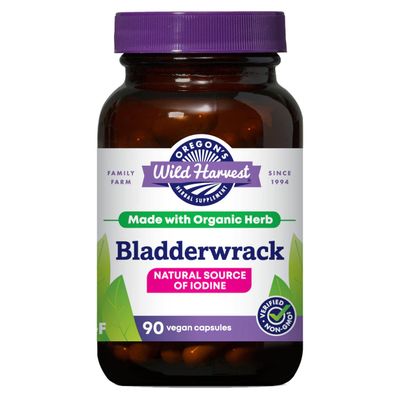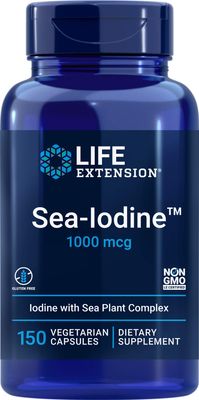Irish Sea Moss Capsules w/Bladderwrack, Burdock Root & Iodine Energy Support - Seamoss Supplement to Elevate Mood, Strengthen Immunity & Digestion, Renew Skin Tone - Seamoss Pills (60 Capsules)
Description
The term superfood might be making people yawn at this point. It's commonly noted on food labels and supplements alike with widely varied health claims. Most people remember acai berries as the first-named superfood of the early 90s, followed by pomegranate a short time later. Since then, weve been told that coconut, cherries, fish, kale, and many others, are indispensable to better health. Of course these foods are loaded with nutrients that benefit the body in a myriad of ways, but as such, the term superfood now serves as an assumption to avoid explanation. Looking ahead to Sea Moss, the biggest superfood of late, how do we unpack its claims and assign relevant value? Is Sea Moss the latest disingenuous health trend or the one most fitting of the superfood title. Depending on where youre from, seaweed may not be a new suggestion towards a healthy diet. Countries in Asia, northern Europe, and the Carribean have favored sea vegetables since recorded history and still tout them today.1 Seaweed stands to describe a multitude of algaes and marine plants, but there are distinctions that make some notable over others. All seaweeds absorb nutrients and minerals directly from the surrounding waters, making water quality the reason we consider some non-consumable. For instance, freshwater algaes are often toxic, since they tend to grow from stagnant water sources. In assessing the case for Sea Moss, we admire its coveted nutrient profile, as it arises from cold and teeming, mineral-rich ocean waters. Sea Moss, sometimes referred to as Irish Moss, is rarely labeled with its botanical name, Chondrus Crispus. Even still, it is not technically a moss at all, but a red algae that can tinge yellow, green, or even purple. Still added fresh to soups in northern Europe or dried, then blended into frothy Carribean beverages, sea moss has remained culturally relevant and continues to gain notoriety for its catalogue of nutrients.
Features
- ELEVATE MOOD & ENERGY: Balance hormones and increase energy with a natural wellspring of minerals such as iodine, iron and potassium in this irish moss powder. Bioavailable iodine, tyrosine, and selenium stabilize hormone production imparting sustainable energy.
- STRENGTHEN IMMUNITY: Winterize immune defenses to fight free radicals and eliminate inflammation in the body with burdock root capsules. Our seamoss capsules contain nearly all of the 102 vitamins and minerals our bodies need to thrive!
- IMPROVE DIGESTION: Potent pre-biotic seamoss pills feed healthy gut bacteria for a soothed digestive tract and better bladder without bloating or constipation. The seamoss bladderwrack burdock makes for a perfect superfood combination for metabolism and energy production.
- RENEW SKIN TONE: Sea moss bladderwrack are packed with rich antioxidants that promote fast cell turnover to plump skin and heal blemished complexions. Research suggests that the potent antioxidants in the Bladderwrack supplement are the most responsible for marked improvements to skin healing. sagging, and appearance.
